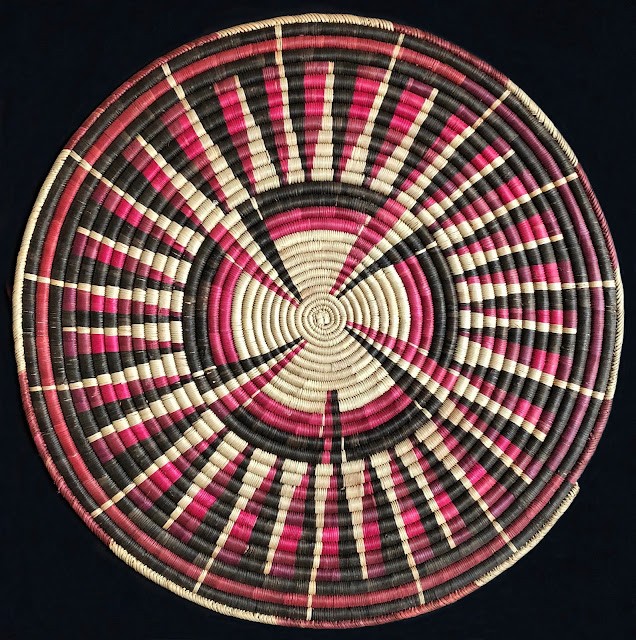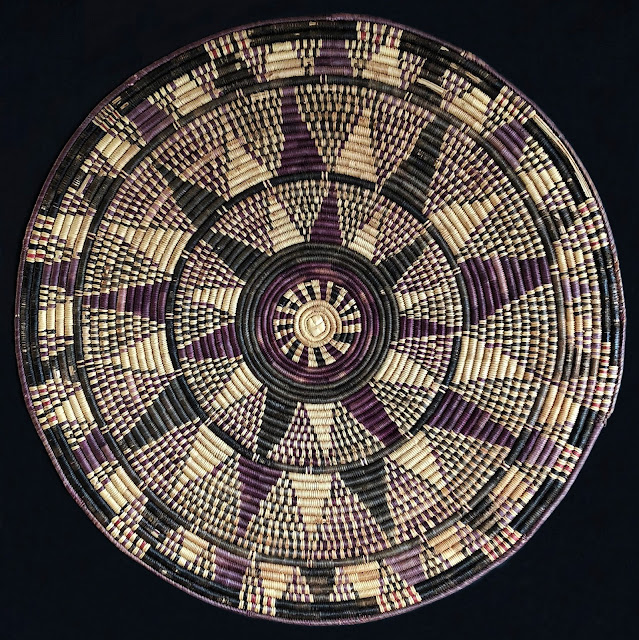INDIA – INDE
Chandrashekhar Naringrekar – Raga Kaunsi Kanada / Raga Chandrakauns – His Master's Voice - 7 EPE 1590, released 1972 (7 in, 45 RPM)
We are delighted to present this rare 7-inch record by sitar and surbahar (bass sitar) master Chandrashekar Naringrekar (1936-2004), who became the disciple of the illustrious Dhrupad Rudra veena maestro Zia Mohiuddin Dagar (1932-1990) in 1956.
Naringrekar plays the seldom heard surbahar here, which “in point of tone, timbre, depth and range, embodies all that is best in the profound, dignified veena and the ornate, bright and sprightly sitar.”*
Naringrekar’s inspired Dhrupad music creates a deep, slow meditative ambiance perfect for late-night introspective listening.
He is accompanied by pakhawaj drum master Arjun Shejwal (1934-1992) on Side B.
Nous sommes ravis de présenter ce rare 45 tours du maître du sitar et du surbahar (le sitar basse) Chandrashekar Naringrekar (1936-2004) qui devint le disciple de l'illustre joueur de rudra-vina Zia Mohiuddin Dagar (1932-1990) à partir de 1956.
Chandrashekar Naringrekar joue ici du surbahar, un instrument rarement entendu, qui « en termes de tonalité, de timbre, de profondeur et de gamme, incarne à la fois toutes les qualités de profondeur et de majesté de la rudra-vina et les qualités ornementales, de luminosité et de vivacité du sitar. »*
Ces plages de musique Dhrupad inspirées créent une ambiance méditative, lente et profonde, idéales pour une écoute contemplative nocturne.
Il est accompagné du maître du tambour pakhawaj Arjun Shejwal (1934-1992) sur la face B.
*From the liner notes of the cassette Chandrashekhar Naringrekar – Surbahar – Swarashree-CBS CSN001
Download:
Our other Dhrupad music posts:
Zia Mohiuddin Dagar – HMV - 7 EPE 1312 here
Nasir Aminuddin Dagar – HMV EASD 1420 here
Our other music posts featuring the surbahar:
Enayat Khan – Megaphone EJNG 1003 (on track B1) here
Imrat Khan – HMV EASD 1345 (on Side B) here
Photographs below are from Ritual Art of India by Ajit Mookerjee, published by Inner Traditions, 1985, Yoga Art by Ajit Mookerjee, published by New York Graphic Society, 1975, and Tantra Asana, a Way to Self-Realization by Ajit Mookerjee, published by Ravi Kumar, 1971:
Gouache on paper, Uttar Pradesh, c. 17th century:
Jambu-dvipa. Painting. Rajasthan. c. 18th century:





















